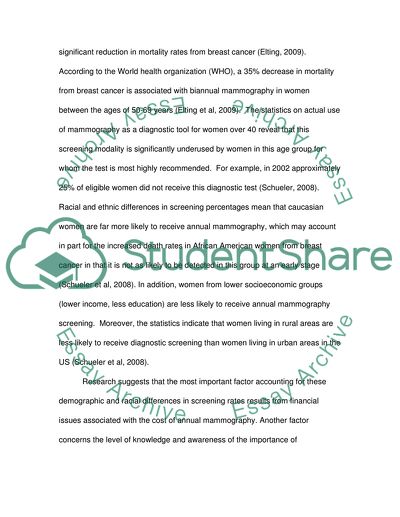Cite this document
(Mammography and MRI Coverage for High-Risk Women Case Study, n.d.)
Mammography and MRI Coverage for High-Risk Women Case Study. Retrieved from https://studentshare.org/medical-science/1572614-mammography-and-mri-availability-act-of-2009
Mammography and MRI Coverage for High-Risk Women Case Study. Retrieved from https://studentshare.org/medical-science/1572614-mammography-and-mri-availability-act-of-2009
(Mammography and MRI Coverage for High-Risk Women Case Study)
Mammography and MRI Coverage for High-Risk Women Case Study. https://studentshare.org/medical-science/1572614-mammography-and-mri-availability-act-of-2009.
Mammography and MRI Coverage for High-Risk Women Case Study. https://studentshare.org/medical-science/1572614-mammography-and-mri-availability-act-of-2009.
“Mammography and MRI Coverage for High-Risk Women Case Study”. https://studentshare.org/medical-science/1572614-mammography-and-mri-availability-act-of-2009.


